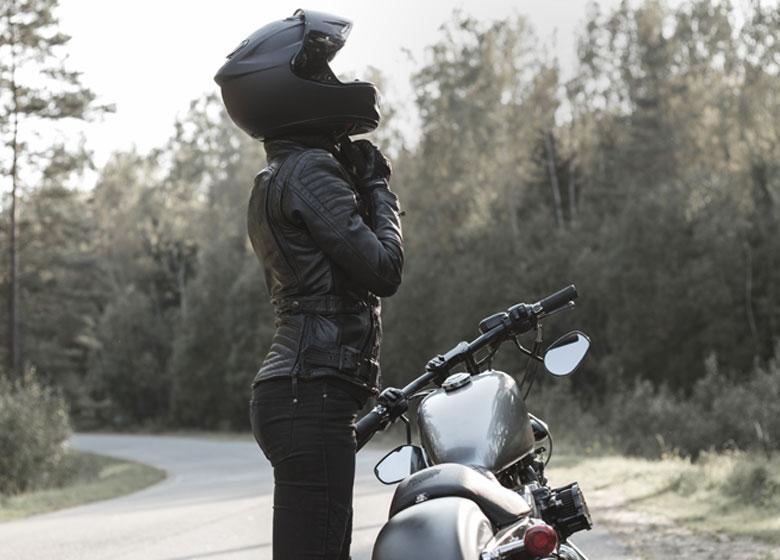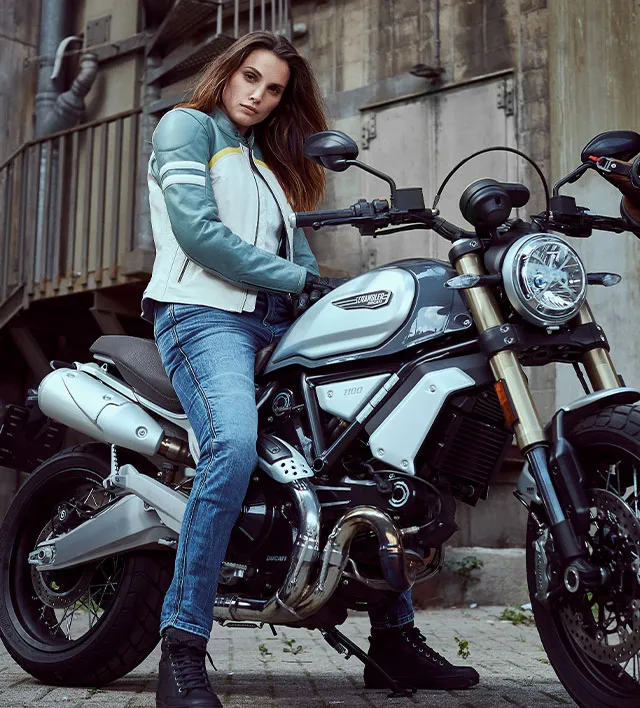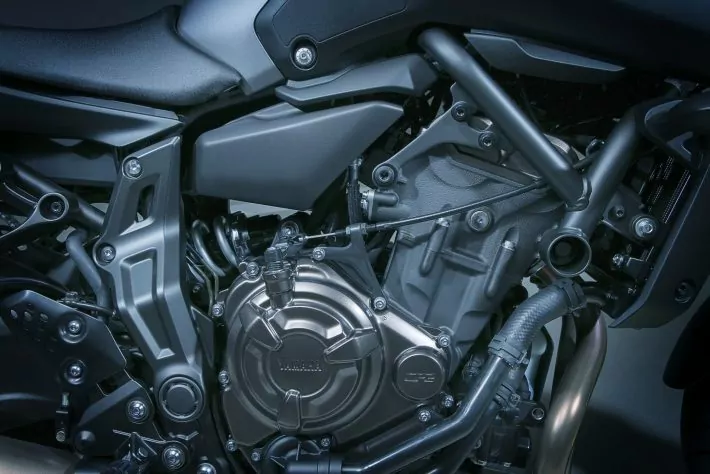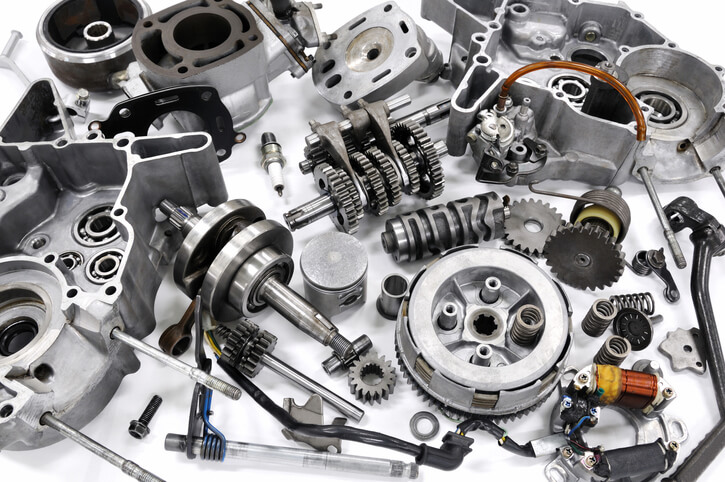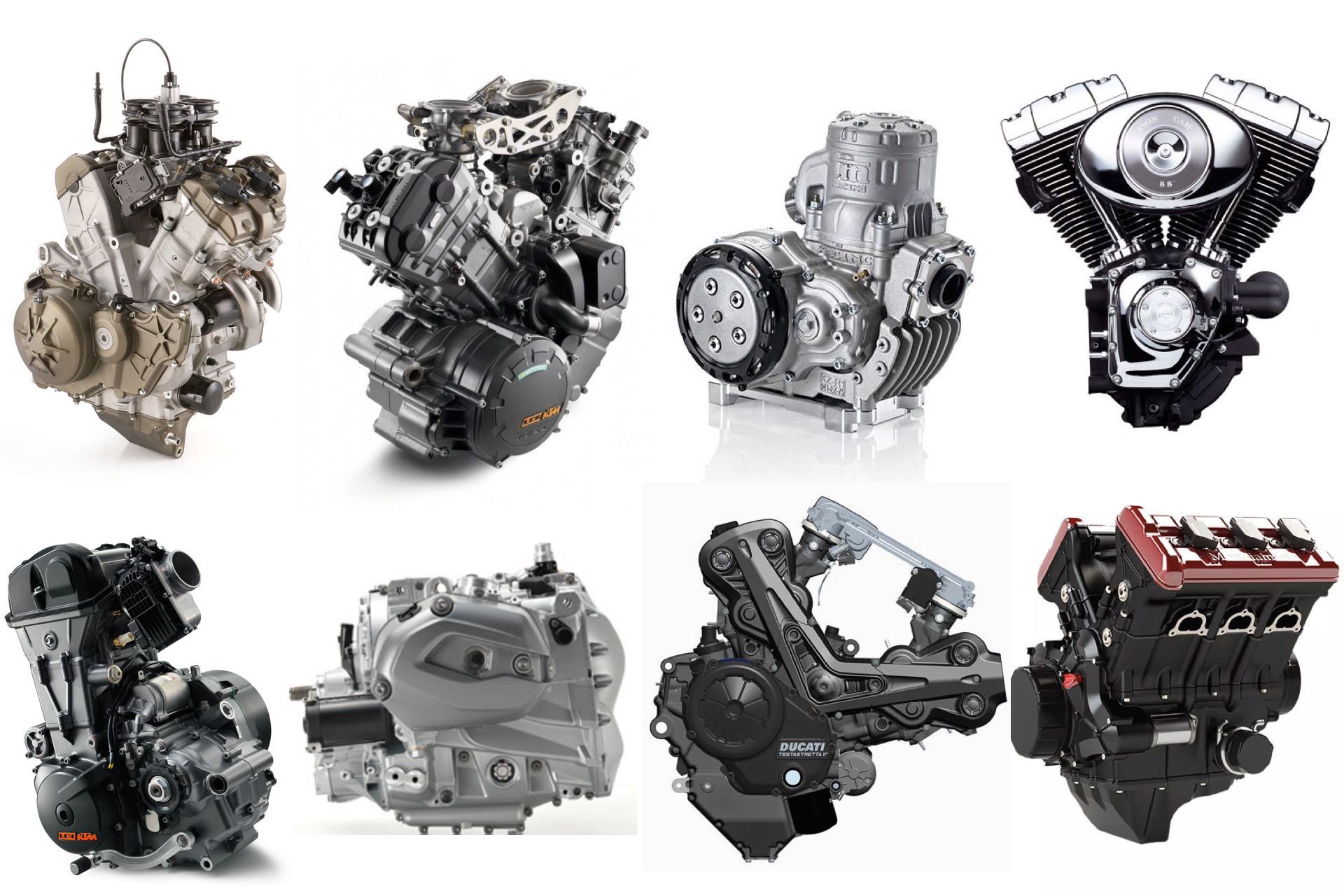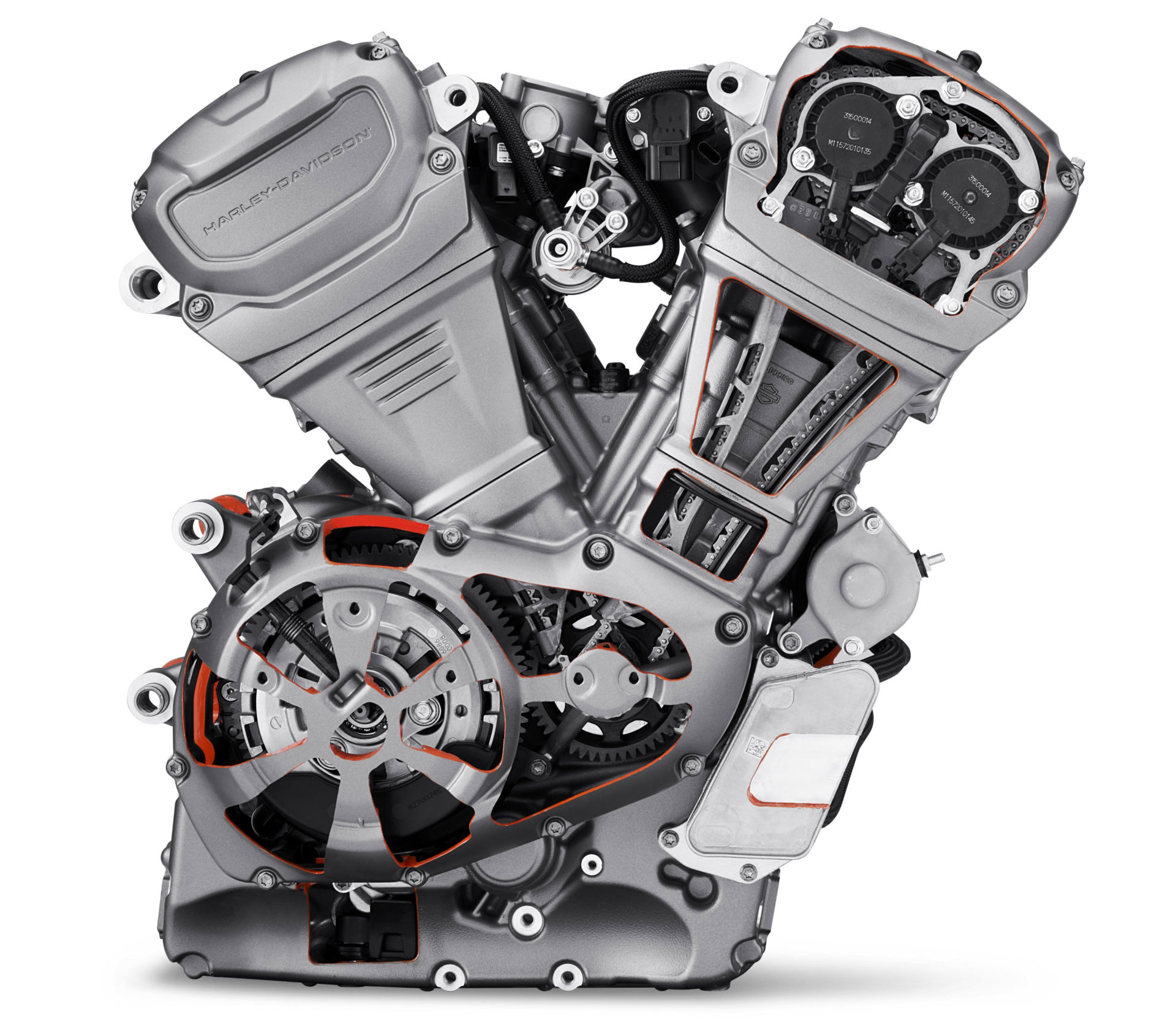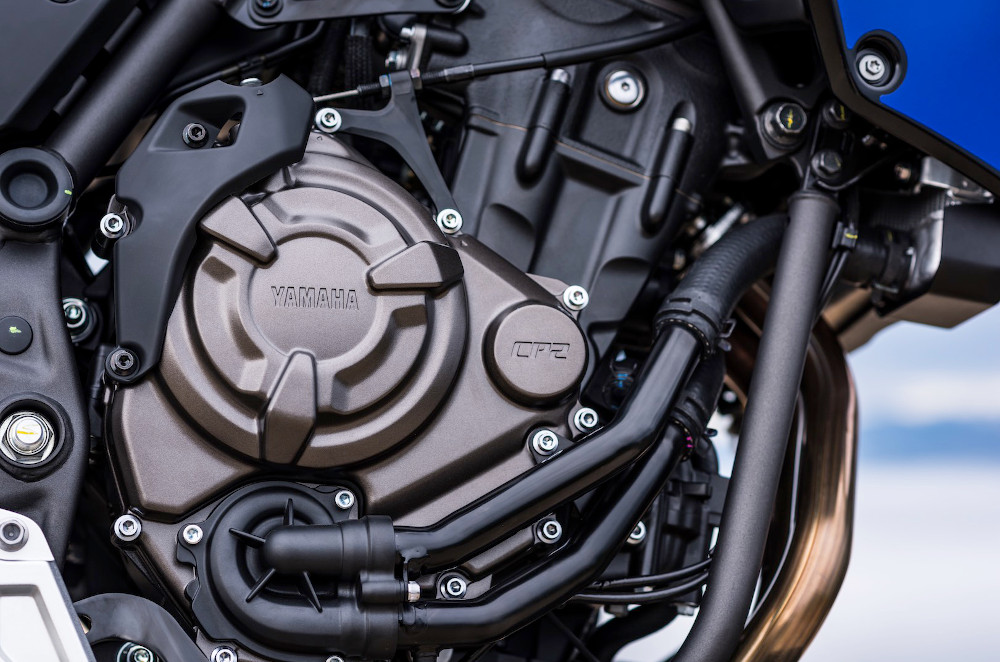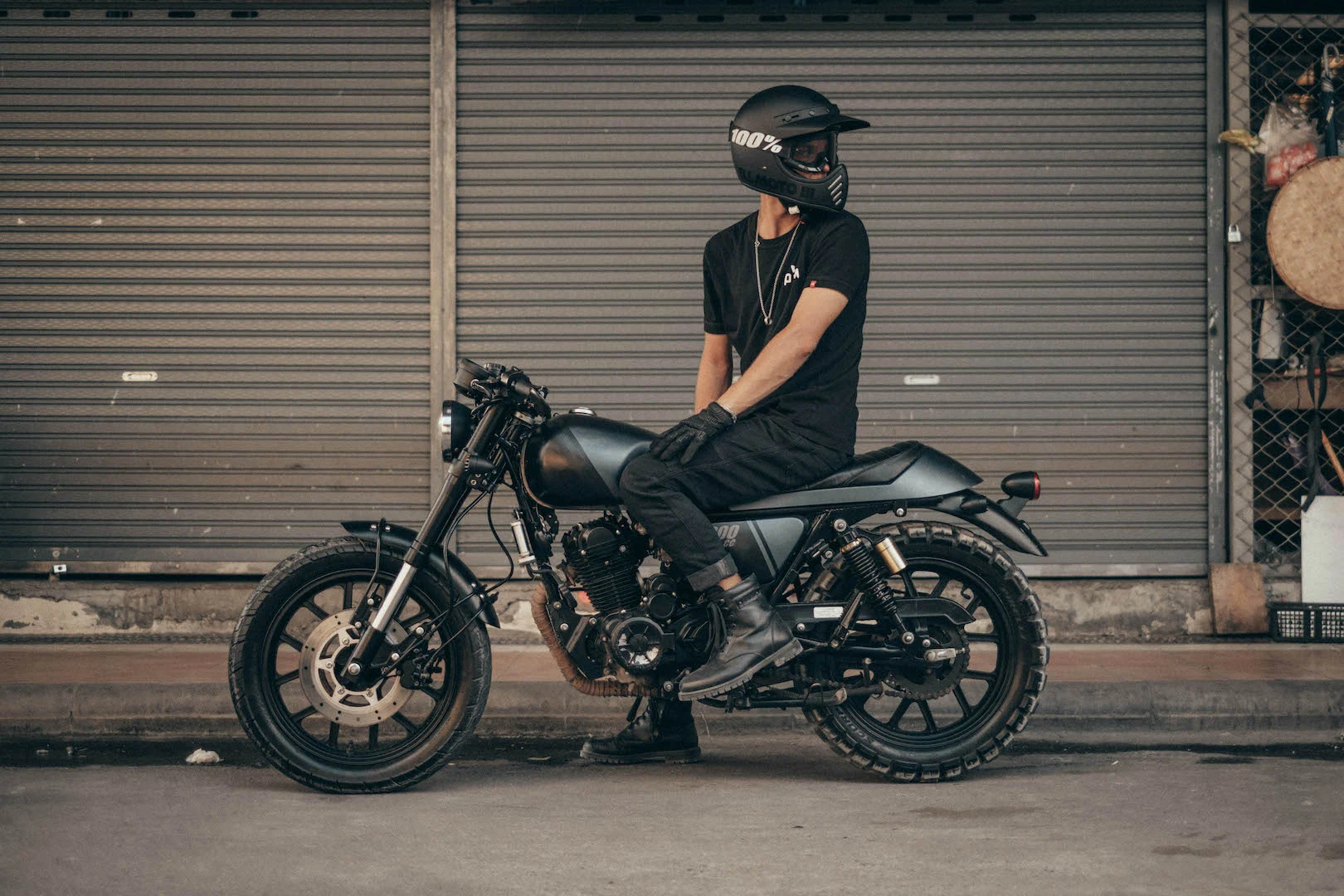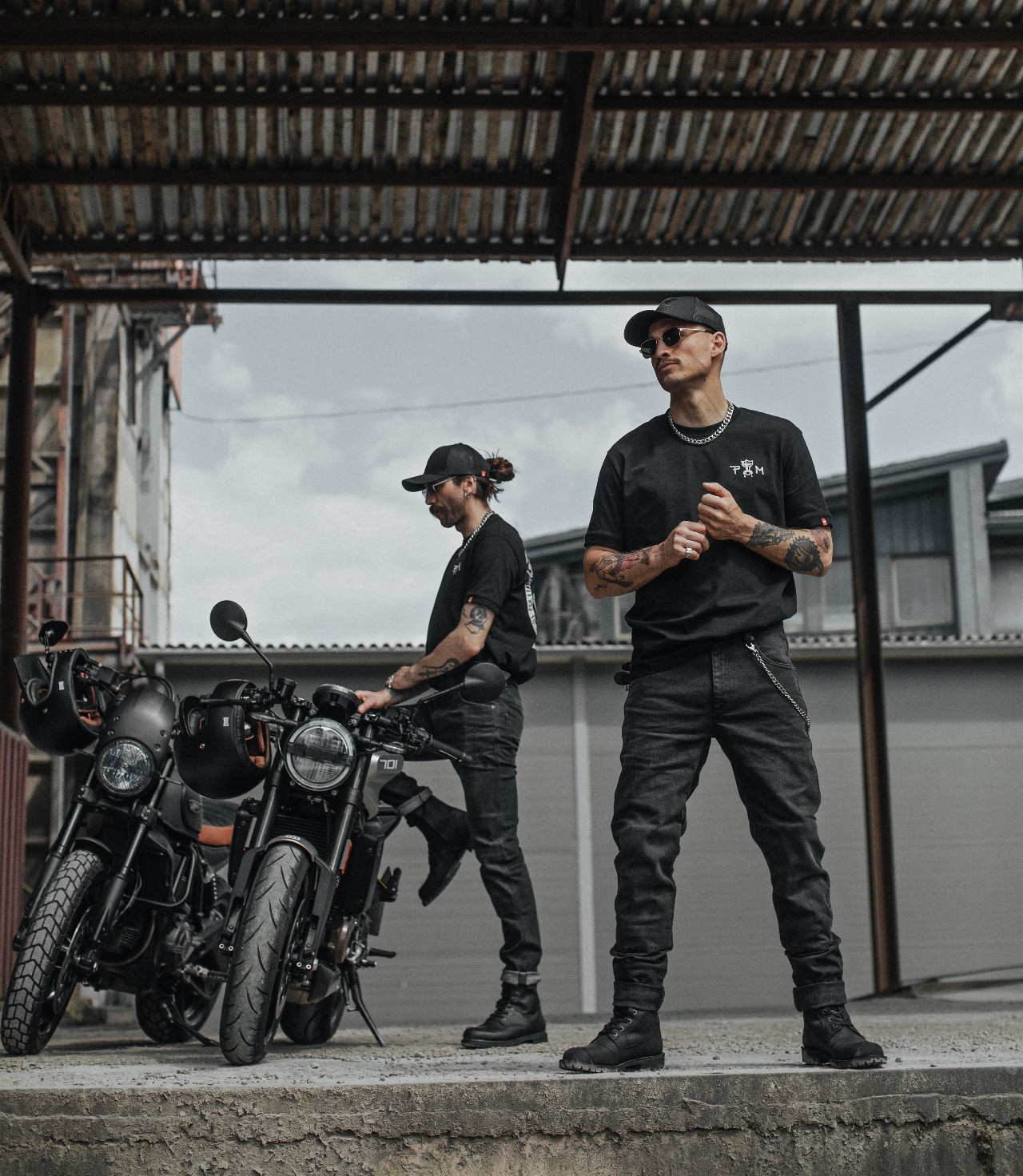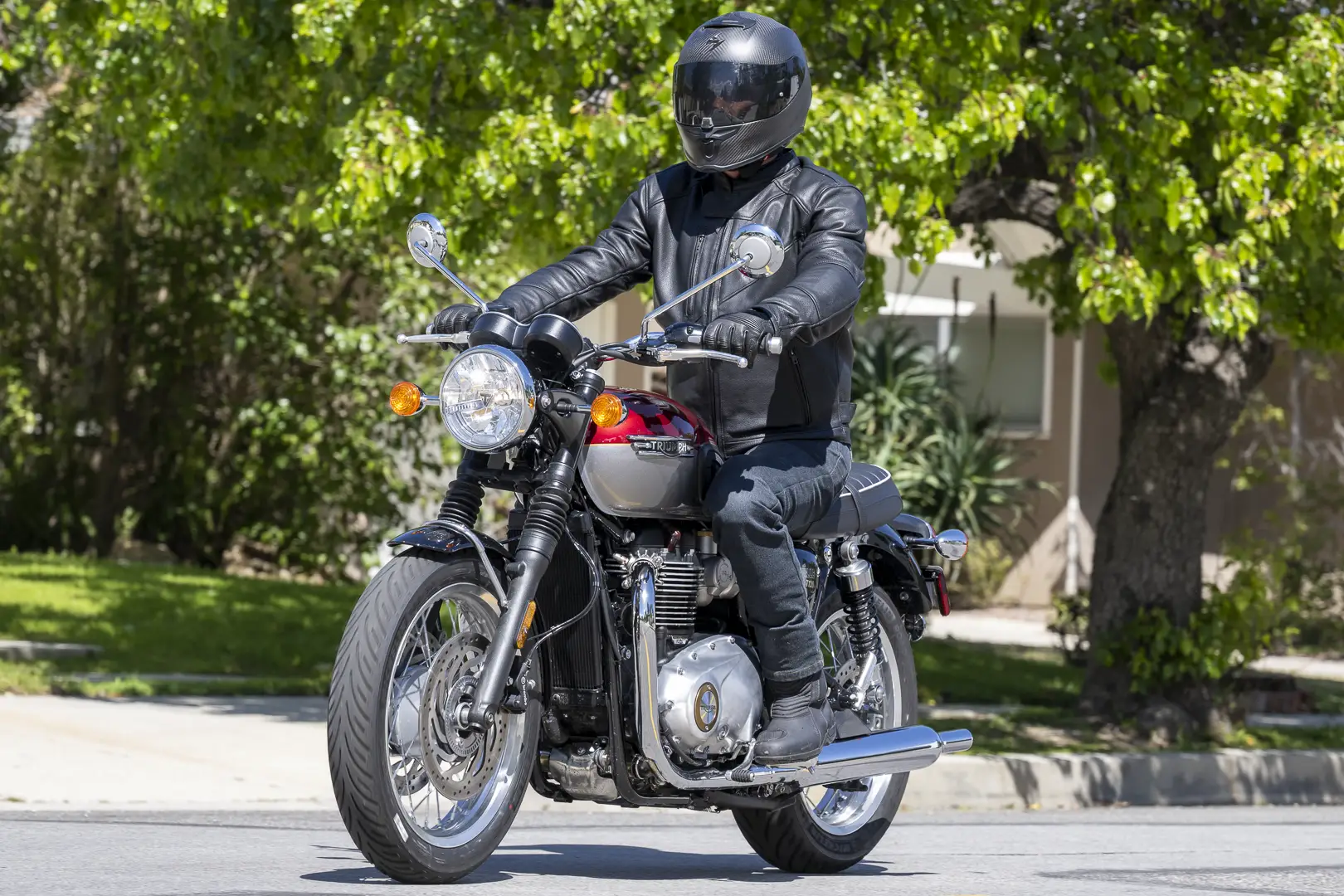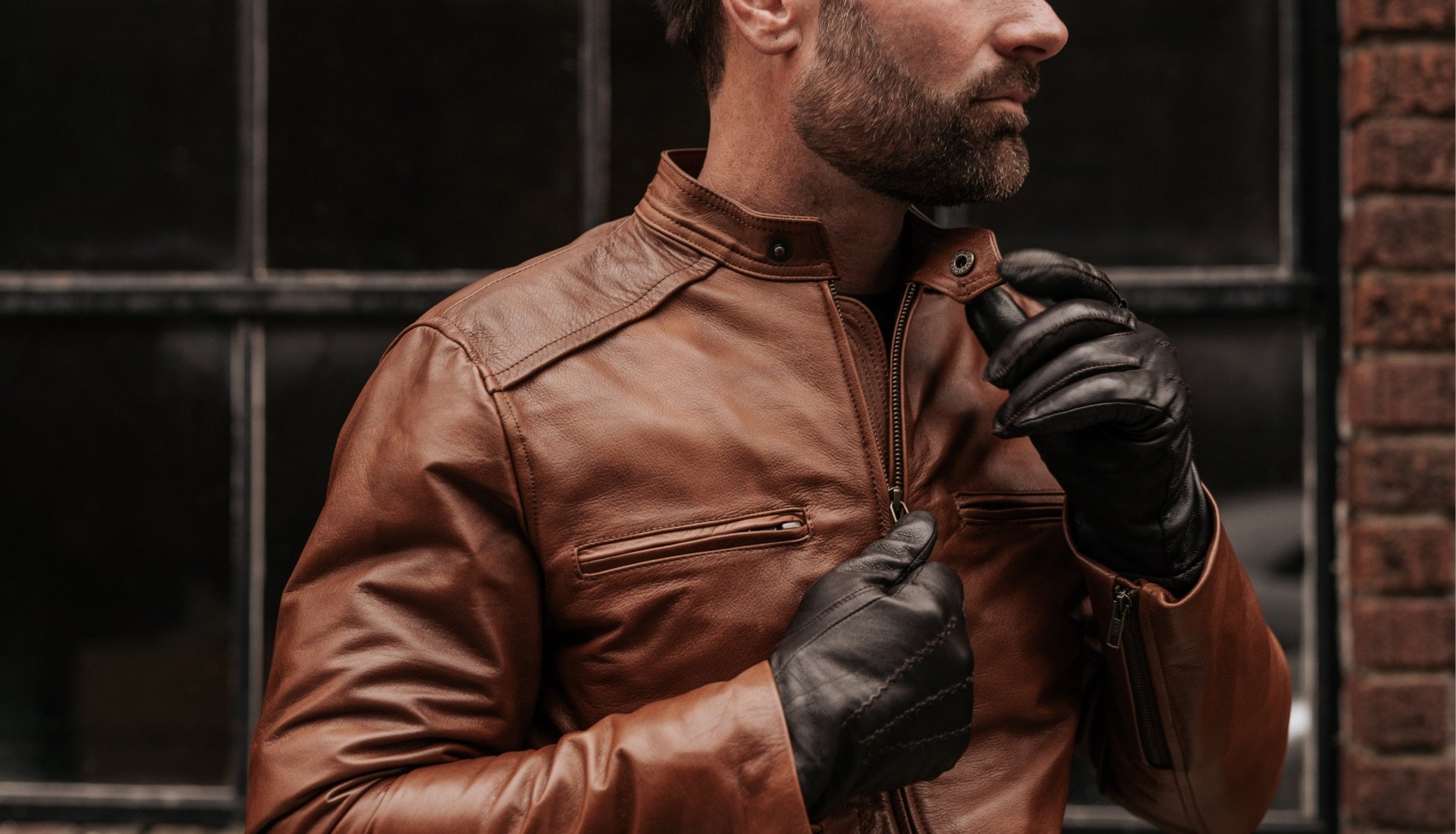Mar 14, 2024
Ladies Motorcycle Clothes
Gear Up and Ride: The Essential Guide to Ladies Motorcycle Clothes
The rumble of the engine, the wind in your hair – there’s a sense of freedom and exhilaration that comes with riding a motorcycle. But for lady riders, the journey towards that feeling can sometimes be hindered by the question of what to wear. Fear not! Gone are the days of ill-fitting, generic motorcycle gear. Today, the world of ladies’ motorcycle clothes offers a fantastic selection of stylish and protective apparel designed specifically for the female form.
This guide empowers you to navigate the world of ladies’ motorcycle clothes, ensuring you hit the road feeling confident, comfortable, and most importantly, safe.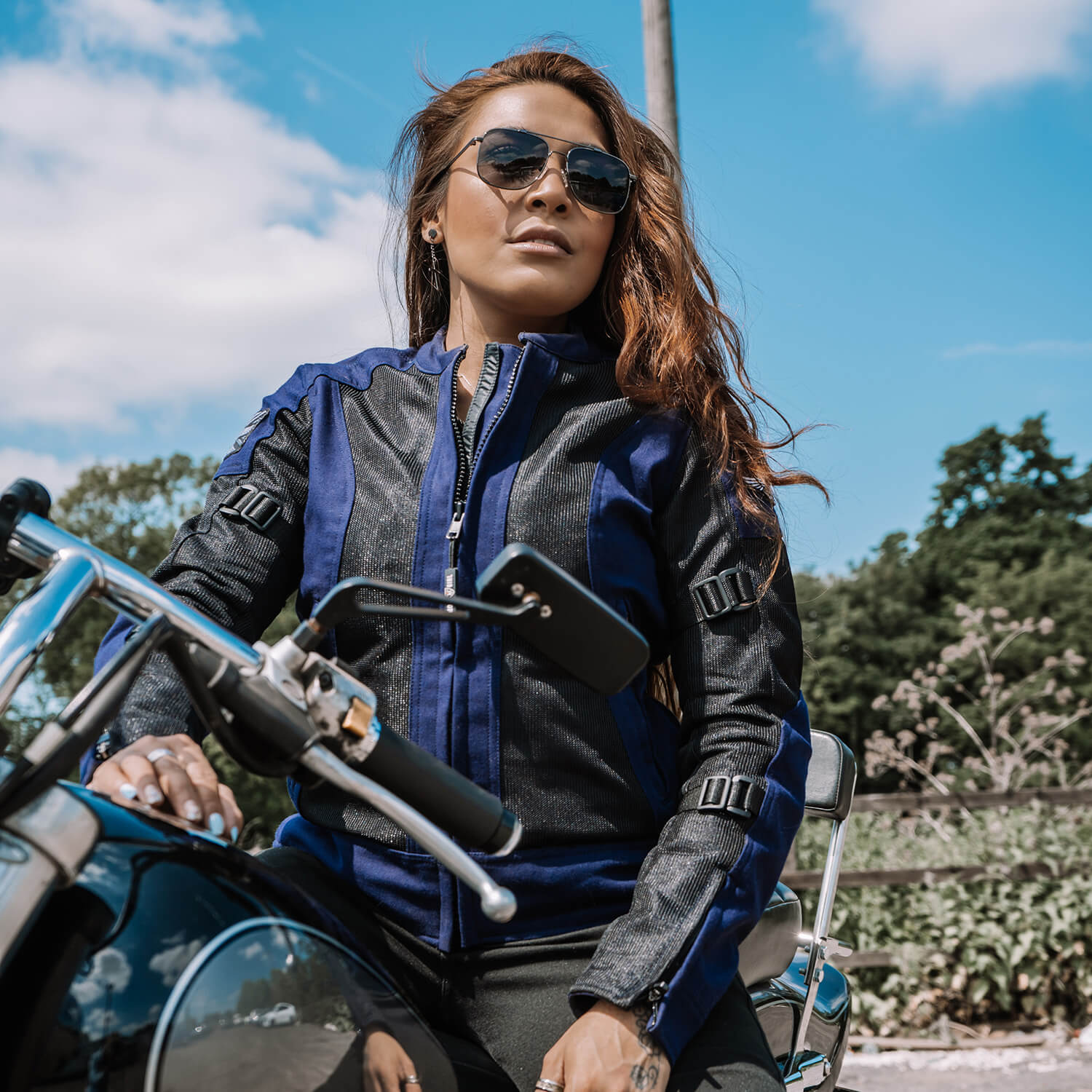
Safety First: Protective Gear for Lady Riders
Safety should always be the top priority for any rider. Here’s a breakdown of the essential protective gear for lady riders:
-
Helmet: A properly fitted helmet is your knight in shining armor. Choose a DOT-approved helmet that snugly fits your head without compromising comfort. Look for helmets designed specifically for women, as they often have a more contoured fit around the jawline and temples.
-
Jacket: A motorcycle jacket shields your upper body in case of an accident. Opt for jackets made of abrasion-resistant materials like leather or heavy-duty textiles. Consider features like impact protectors at the shoulders, elbows, and back for additional security.
-
Pants: Motorcycle pants provide crucial protection for your legs. Similar to jackets, prioritize abrasion-resistant materials and impact protectors at the knees and hips. Look for pants with features like zip-off thermal liners to adapt to various weather conditions.
-
Gloves: Protect your hands from the elements and potential abrasions with motorcycle gloves. Look for gloves with good knuckle protection and a comfortable fit that allows for proper grip control.
-
Boots: Sturdy motorcycle boots shield your feet and ankles. Choose boots that offer ankle support, good grip on the motorcycle’s footpegs, and are made of weather-resistant materials.
Comfort Counts: Finding Ladies’ Motorcycle Clothes That Fit and Perform
While protection is paramount, comfort is equally important for an enjoyable riding experience. Here are some key considerations for finding comfortable ladies‘ motorcycle clothes:
Embrace the Fit:
-
Ill-fitting gear can quickly turn a fun ride into a frustrating experience. Imagine stiff leather shoulders digging into your arms or pants that bunch up uncomfortably at the knees. Opt for clothes that provide a snug yet comfortable fit. Look for jackets and pants with adjustable features like waistbands, sleeves, and knees. These adjustments allow you to personalize the fit for optimal comfort and freedom of movement.
Know Your Body:
-
Women’s bodies come in all shapes and sizes. Thankfully, ladies‘ motorcycle clothing manufacturers understand this! Many brands offer gear specifically designed for the female form, with features like a more contoured waist and pre-curved sleeves that take into account a woman’s natural posture.
Try Before You Buy:
-
Whenever possible, try on clothes before purchasing them. This allows you to assess the fit and comfort firsthand. Don’t be afraid to move around in the gear, simulating riding motions to ensure there are no tight spots or limitations.
Layers are Your Friends:
-
Layering allows you to adapt to varying weather conditions. On cooler days, a base layer paired with a breathable jacket might be sufficient. When the temperature soars, you can swap the jacket for a lighter mesh option. Look for base layers made from moisture-wicking materials that keep you cool and dry, and choose jackets with features like vents that allow for airflow.
Don’t Neglect Your Feet:
-
Comfort extends to your feet as well. Invest in motorcycle boots that offer proper ankle support and a good grip on the motorcycle’s footpegs. While prioritizing safety, look for boots that aren’t so stiff that they make walking uncomfortable. Consider trying on boots with the motorcycle pants you plan to wear to ensure they fit well together.
By prioritizing these tips, you can find ladies‘ motorcycle clothes that offer the perfect blend of comfort and protection, allowing you to focus on the joy of the ride. Remember, a happy rider is a safe rider, so prioritize comfort and enjoy the journey!
Style Meets Safety: Looking Sharp on Your Ride
Gone are the days of bulky, generic motorcycle gear. Today, lady riders have a plethora of stylish options to choose from. Here are some tips for incorporating style into your motorcycle wardrobe:
-
Color Confidence: Don’t be afraid to embrace bold colors! Motorcycle jackets and pants come in a wide variety of colors, from classic black and sleek red to eye-catching pastels and vibrant blues. Choose a color that reflects your personality and makes you feel confident.
-
Graphic Groove: Express yourself with graphic tees or jackets featuring designs that showcase your interests or hobbies. Motorcycle clothing manufacturers are increasingly offering stylish graphic options alongside their core selection.
-
Mix and Match Magic: Gone are the days of needing a perfectly matched jacket and pant set. Play with mixing and matching different styles and brands to create a unique look. For example, pair a sleek black leather jacket with a pair of patterned textile pants.
-
Accessorize with Intention: The right accessories can elevate your motorcycle look and add a touch of personality. Consider incorporating motorcycle-specific scarves with bold prints or stylish sunglasses that offer UV protection. Remember, prioritize safety by ensuring your chosen accessories won’t obstruct your vision or hearing while riding.
Beyond the Basics: Additional Gear for Lady Riders
While the core protective gear is essential, there are additional items that can enhance your comfort and riding experience:
-
Base Layers: Moisture-wicking base layers help regulate body temperature and keep you comfortable during long rides.
-
Armored Undershirts: These provide additional impact protection without the bulk of a traditional jacket.
-
Neck Gaiters: Protect your neck from the elements and wind with a comfortable neck gaiter.
-
Motorcycle-Specific Underwear: Designed for comfort and mobility while riding, motorcycle underwear can be a game-changer for long journeys.
Hitting the Road with Confidence: Gearing Up for the Ride
By prioritizing safety, comfort, and style, you can create a ladies‘ motorcycle clothing wardrobe that empowers you to conquer the open road with confidence. Remember, the right gear isn’t just about looking good; it’s about protecting yourself and enjoying the ride to the fullest. So, gear up, ladies, and get ready for your next motorcycle adventure!
More Details